A guide to infill types
Introduction
3D printing tends to take a lot of time to produce a high quality object. Moreover, the materials used in these prints are relatively expensive. To compensate for those restraints 3D printed objects are not printed as a solid object but rather as a hollow object filled with various kinds of geometric shapes to optimise print time and material use. These geometric shapes can vary in size and type, depending on the requirements of the object. While the infill type sets a standard for the type of object, another parameter can be used to enhance the characteristics of the infill type which is infill density. The infill density determines how many iterations and repetitions there are in all axis. A 100% infill means that the object is entirely full, infill type doesn’t really matter for strength in this case but it does for print time optimisation, and 0% means that the object is completely hollow. There are eight different types we use the most at Kreate 3D.
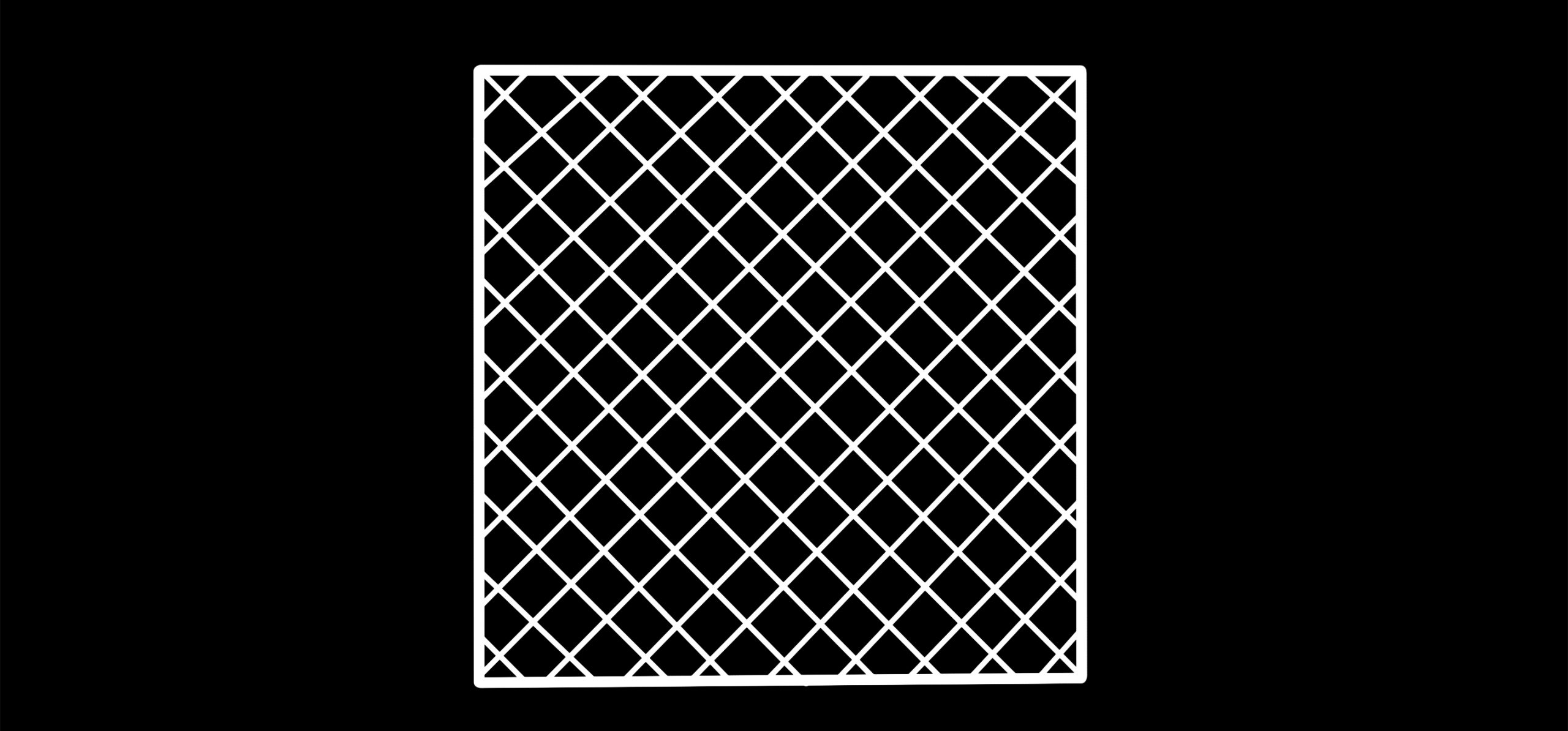
Lines (low strength)
This infill pattern is mainly used for models and figurines that don’t require any functional strength. Each layer consists of one axis of lines, the axis alternates between each layer. Thus travel times of the printhead is reduced, resulting in faster print times but with reduced strength.
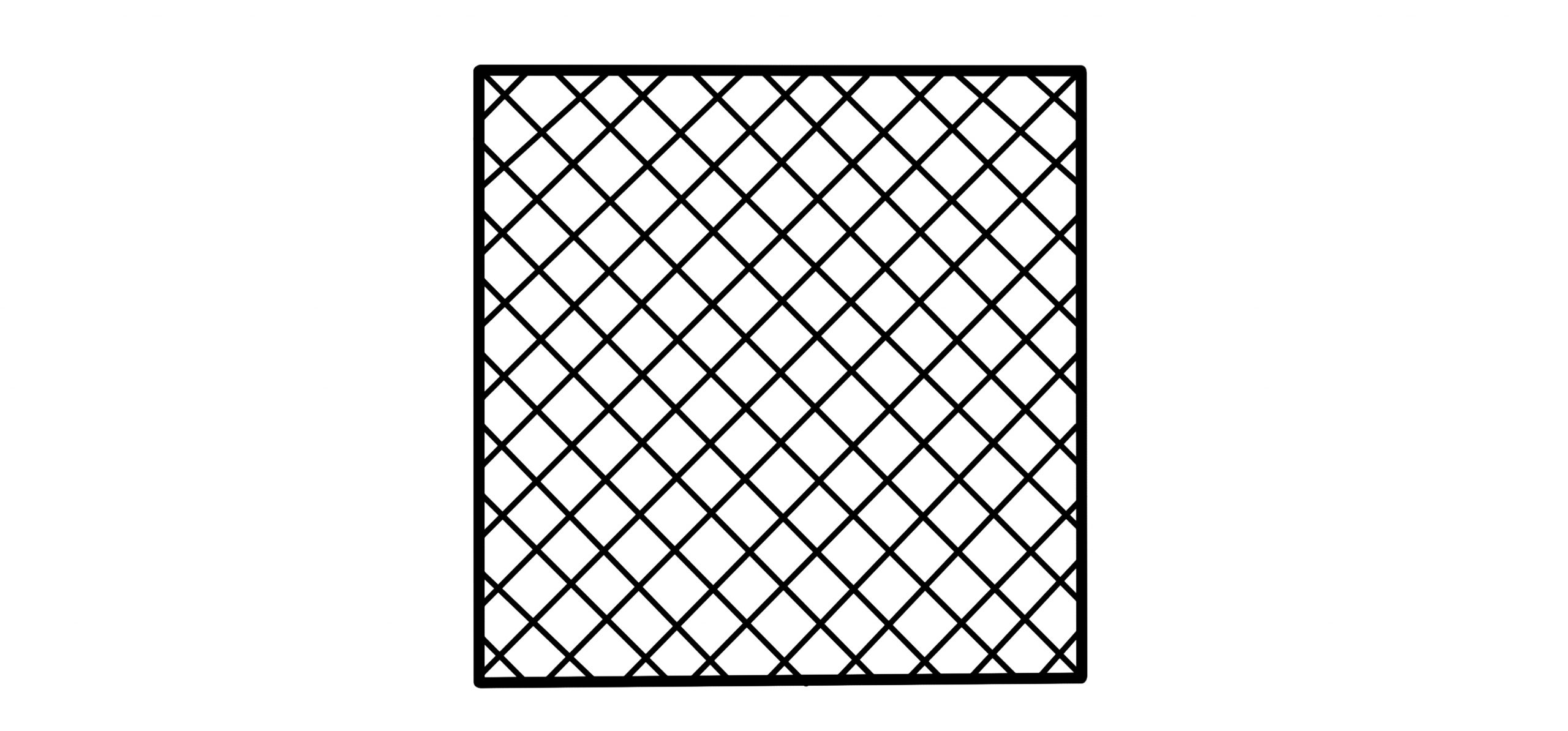
Rectilinear (low strength)
Similar to the lines infill pattern, this pattern consists of one axis of lines that alternates between axis each layer. The difference lies in the interconnected lines. Each line is connected to the next line, which is not the case with the regular lines. This results in a slightly higher functional strength at minimum print time cost.



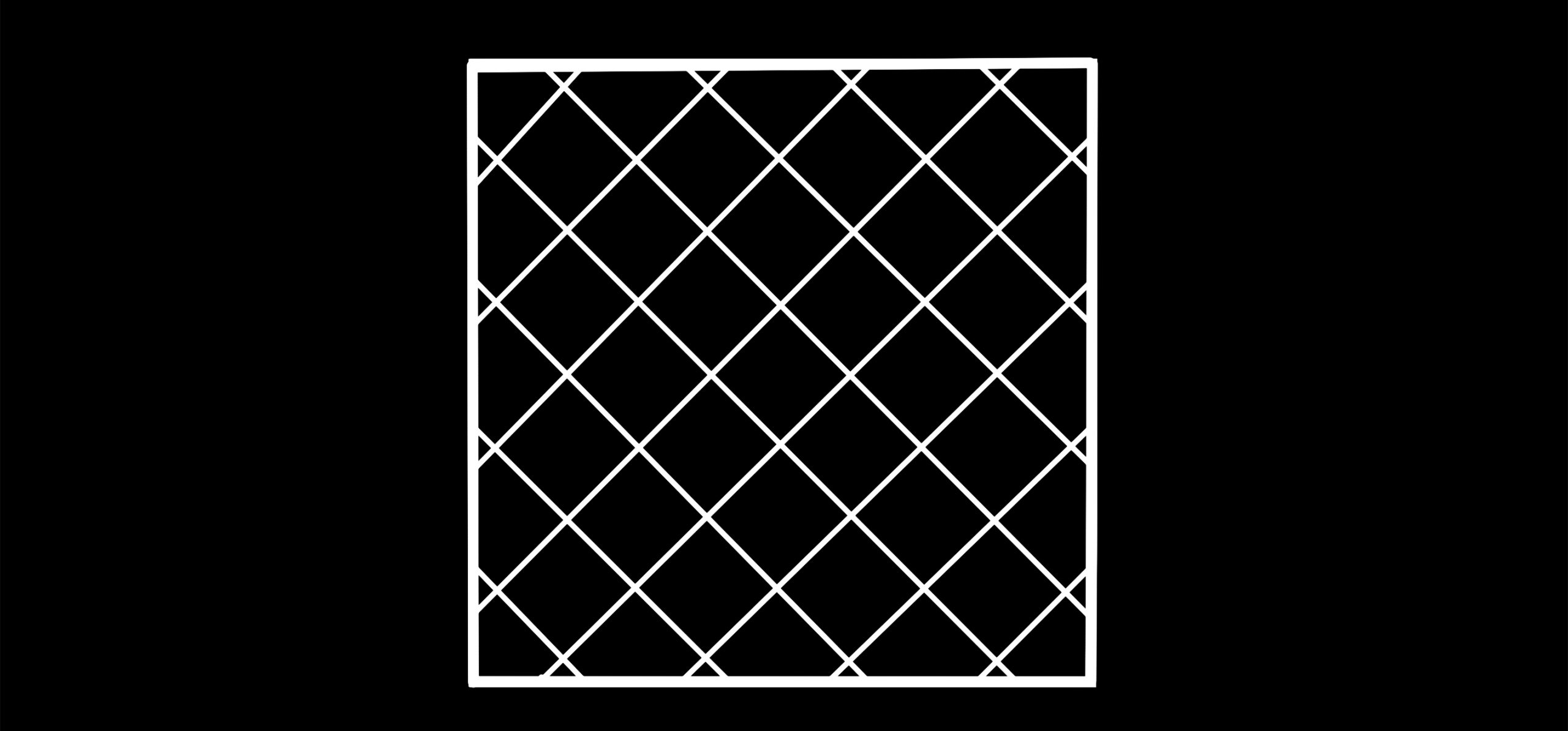

Grid (medium strength)
Grid is the most commonly used infill type. It is geometrically the simplest of the medium strength infill types. Simplicity means faster print times and thus reduced cost.
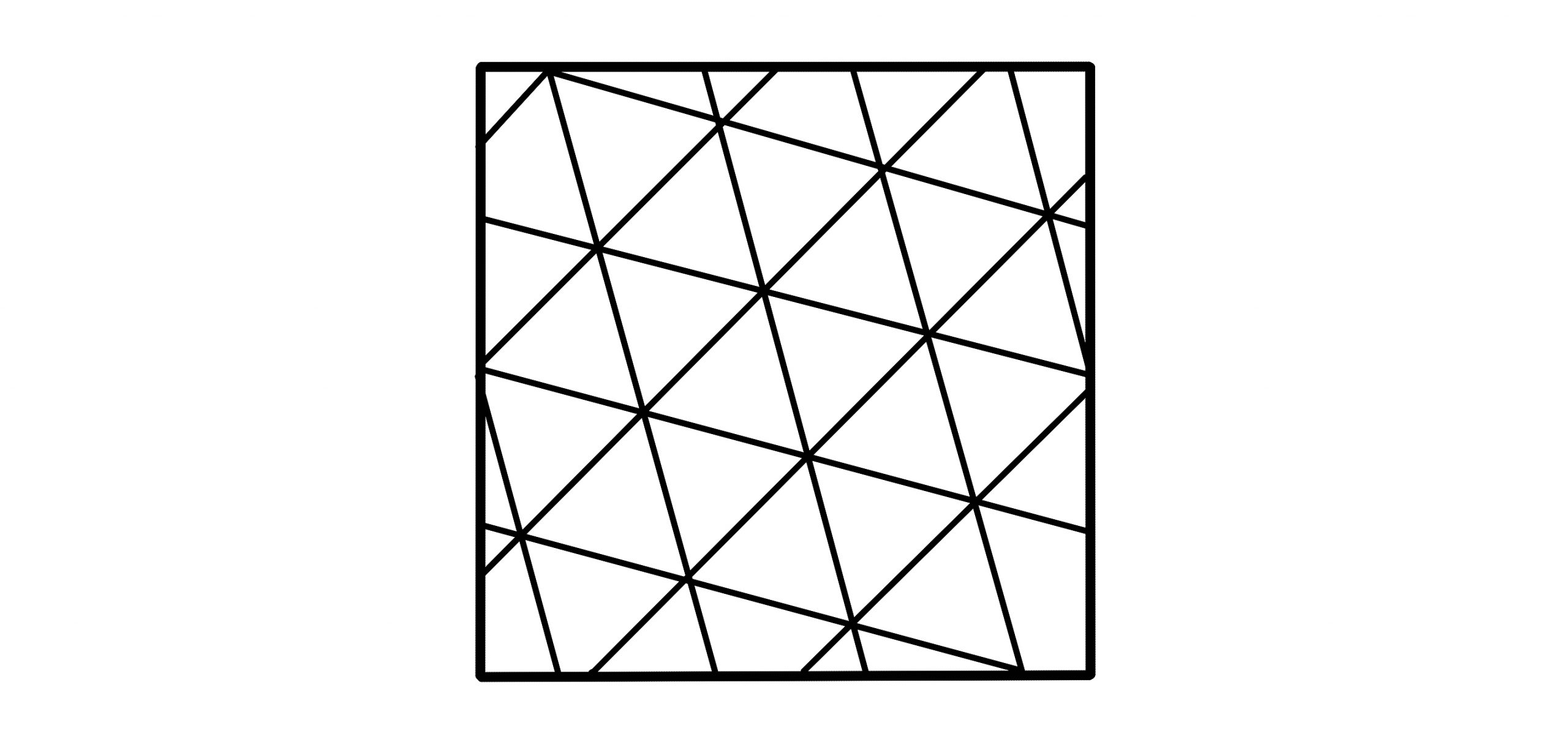


Triangles (medium strength)
Another infill type that features medium strength are triangles. It features much greater strength than the grid, especially when forces are applied perpendicular to the object’s face. Because of the higher connection rate between the infill lines, it also creates a stronger object overall as it is more likely that smaller areas are filled using this infill type. This means that there are no weak spots in the object.



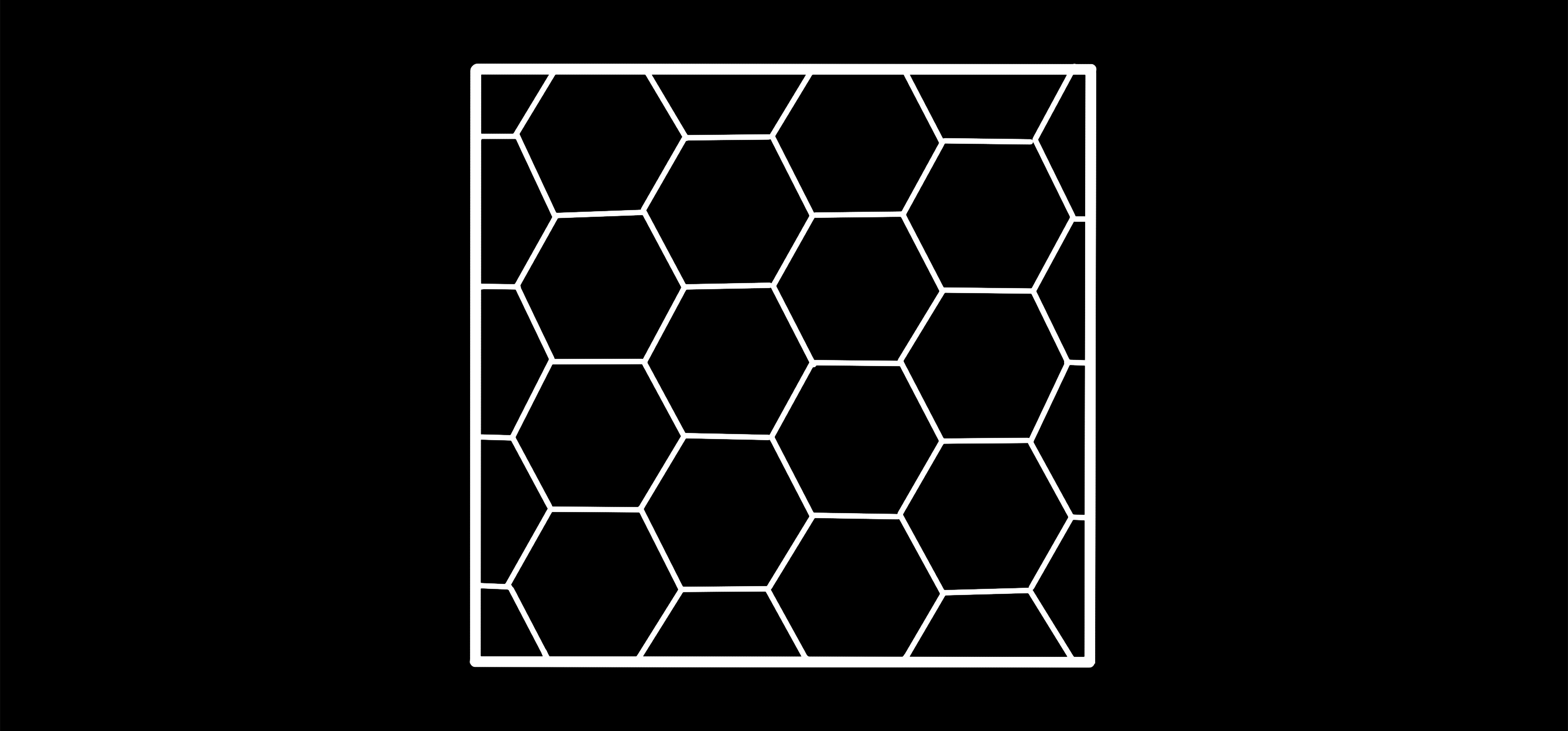

Honeycomb (high strength)
As the name suggest, this infill type mimics the classic honeycomb structure constructed by bees. The hexagon, the geometric shape used in this infill type, is one of the strongest geometric shapes that exist. No need to reinvent the wheel!
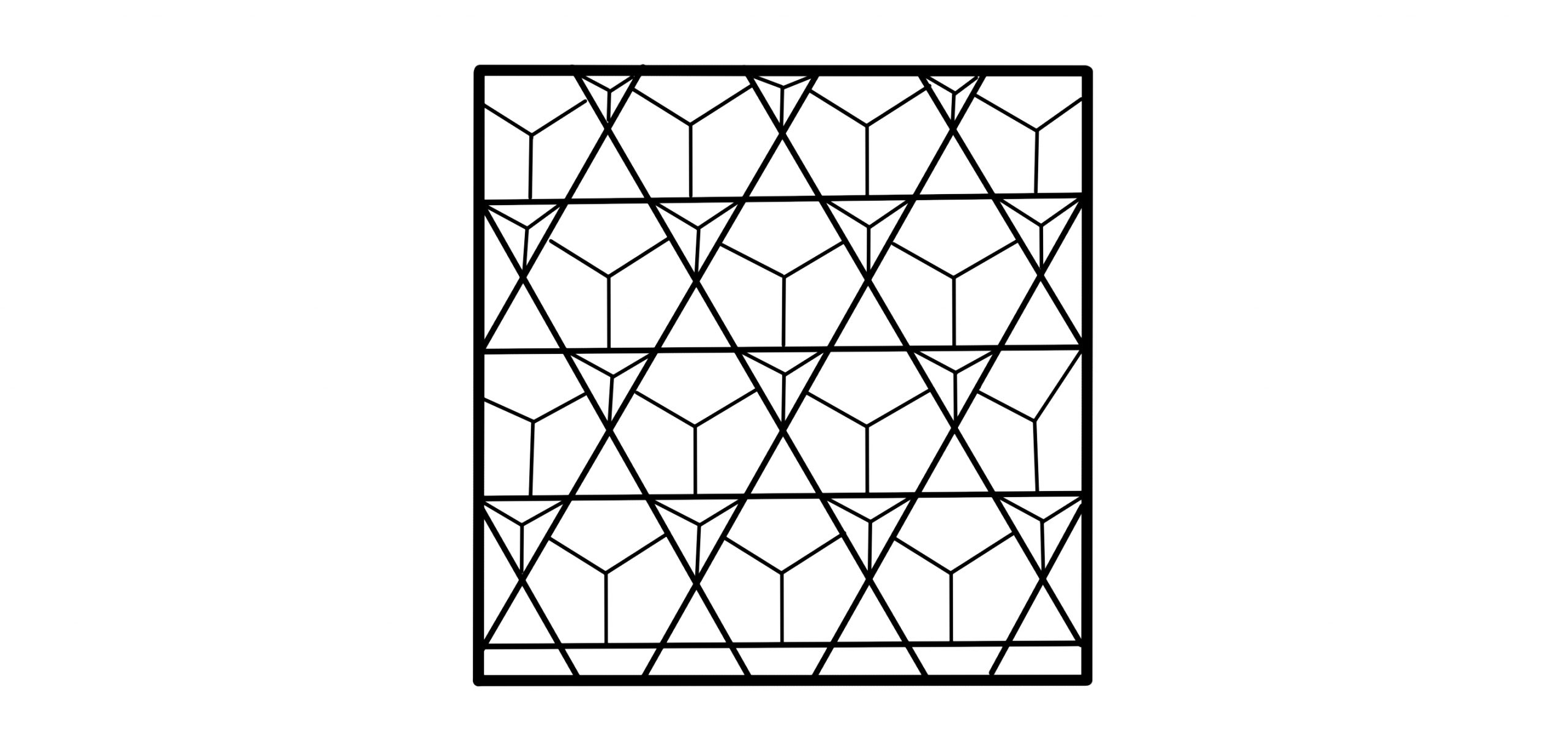


Cubic (high strength)
The cubic infill type consists of tilted(=point down) and stacked cubes. This infill type is used for objects requiring functional strength in a multiple of directions.



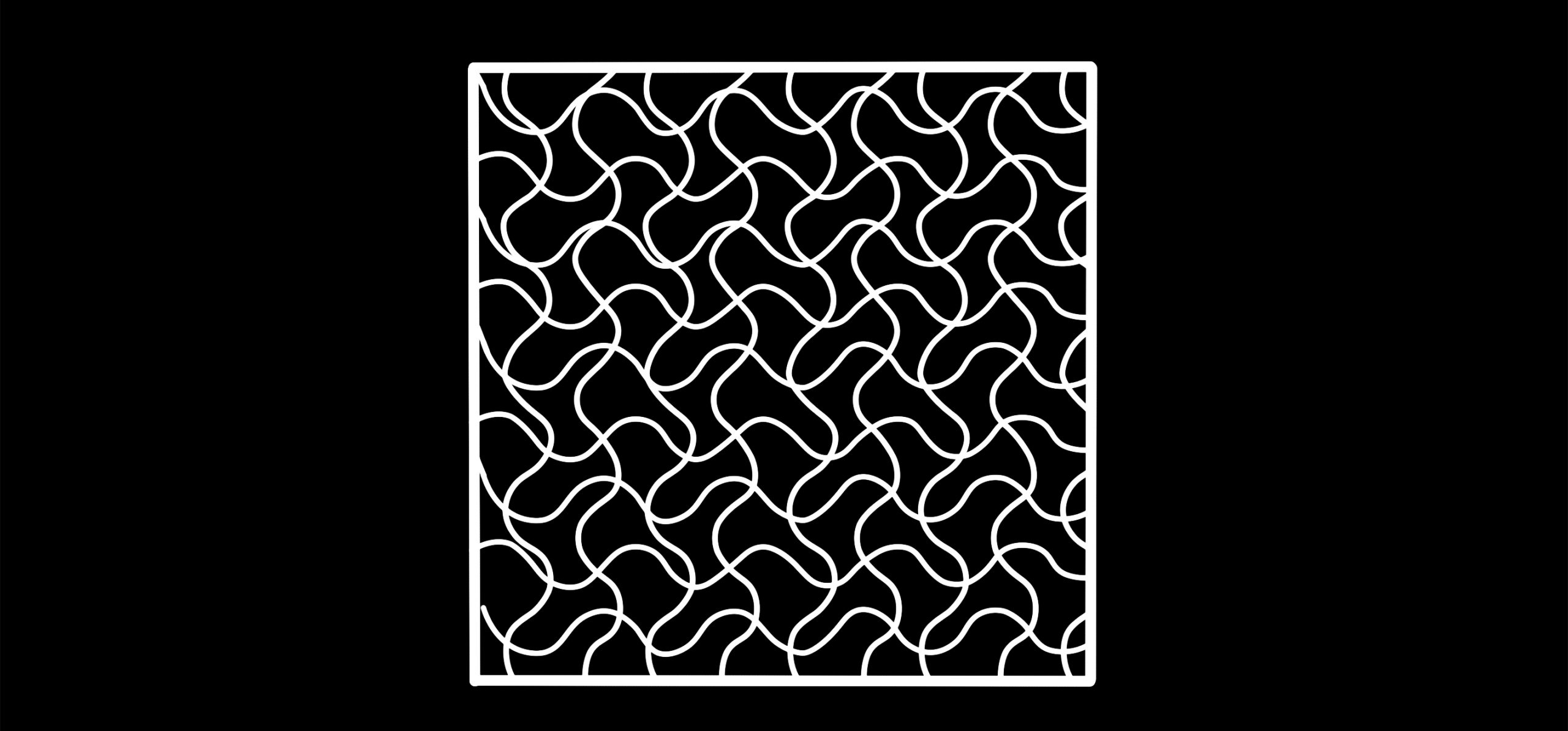

Gyroid (high strength)
This is by far the most beautiful infill, consisting of a wave type pattern. Not only is it nice to look at, it is by far the most suitable infill type for objects that are stressed in multiple ways and multiple directions. Consider it as the best all-rounder, but at a higher print time cost.
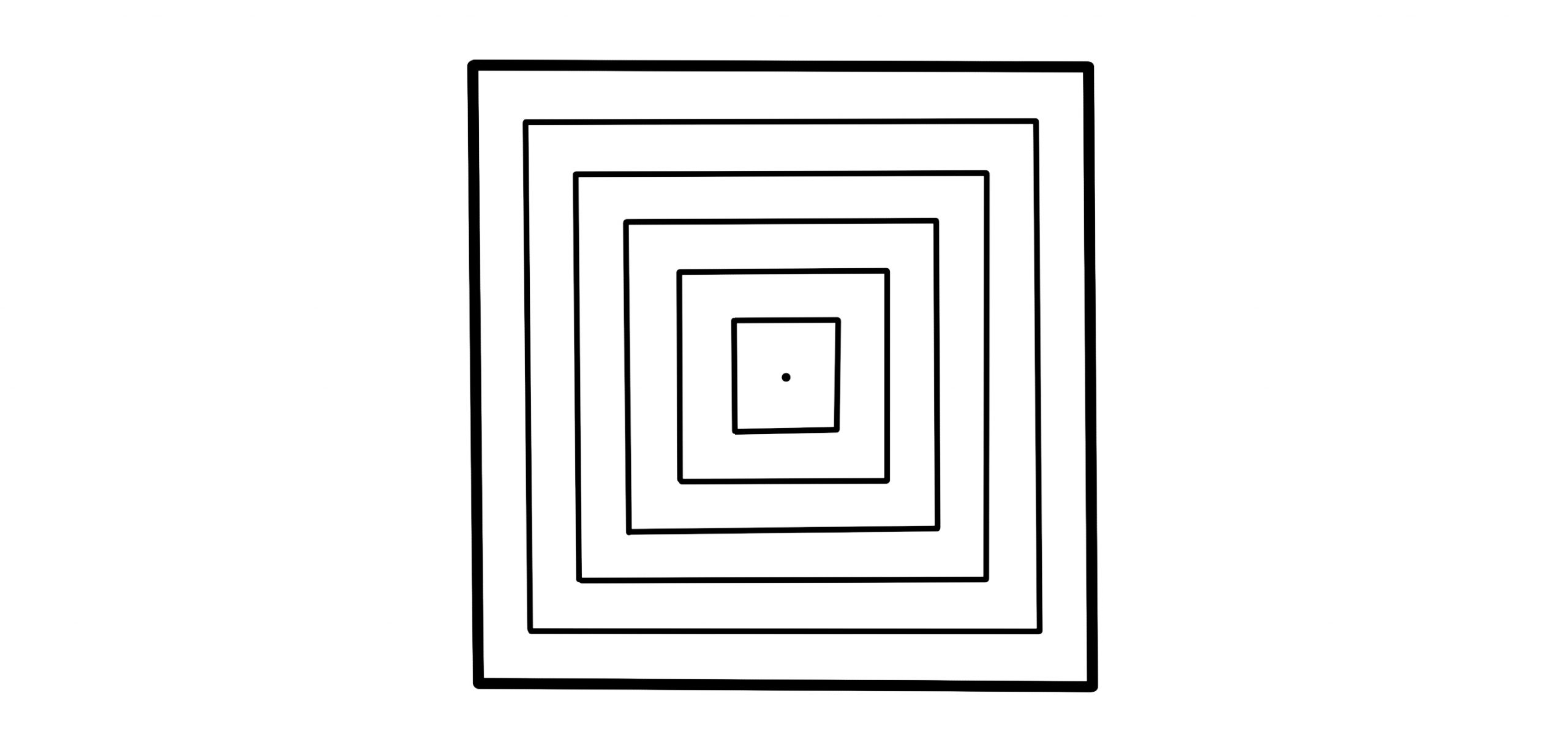


Concentric (flexible prints)
The concentric infill pattern is mostly used for prints that use flexible materials. It consists of walls that mimic the shape of the outer wall. The infill density will adjust the amount of internal infill walls, determining how flexible and lenient the final object will be..





